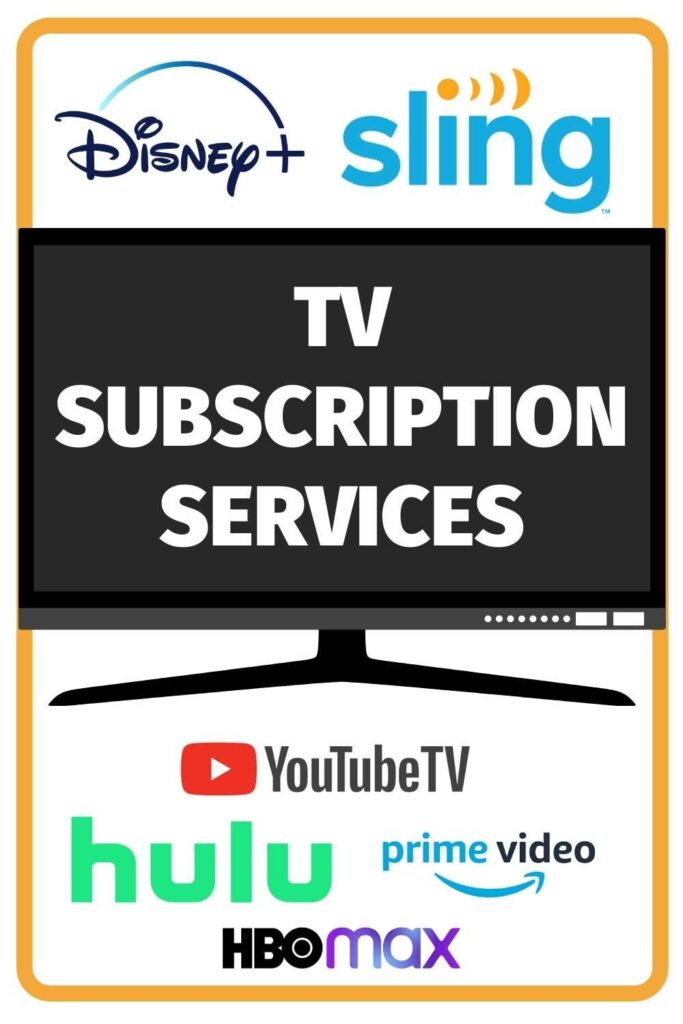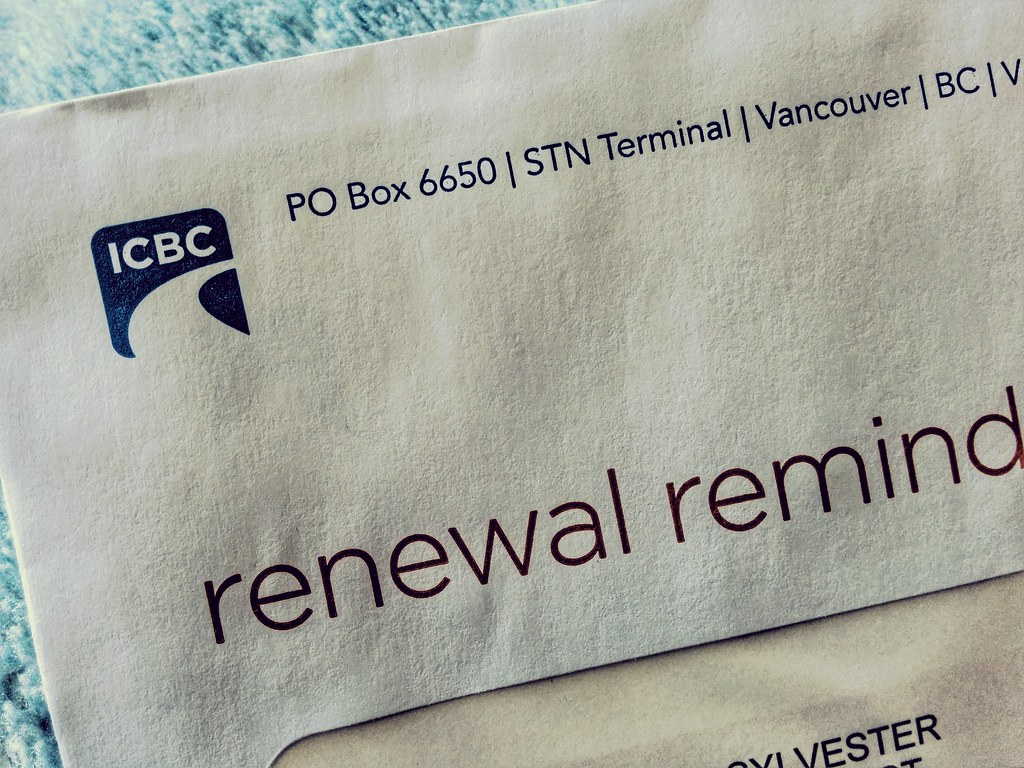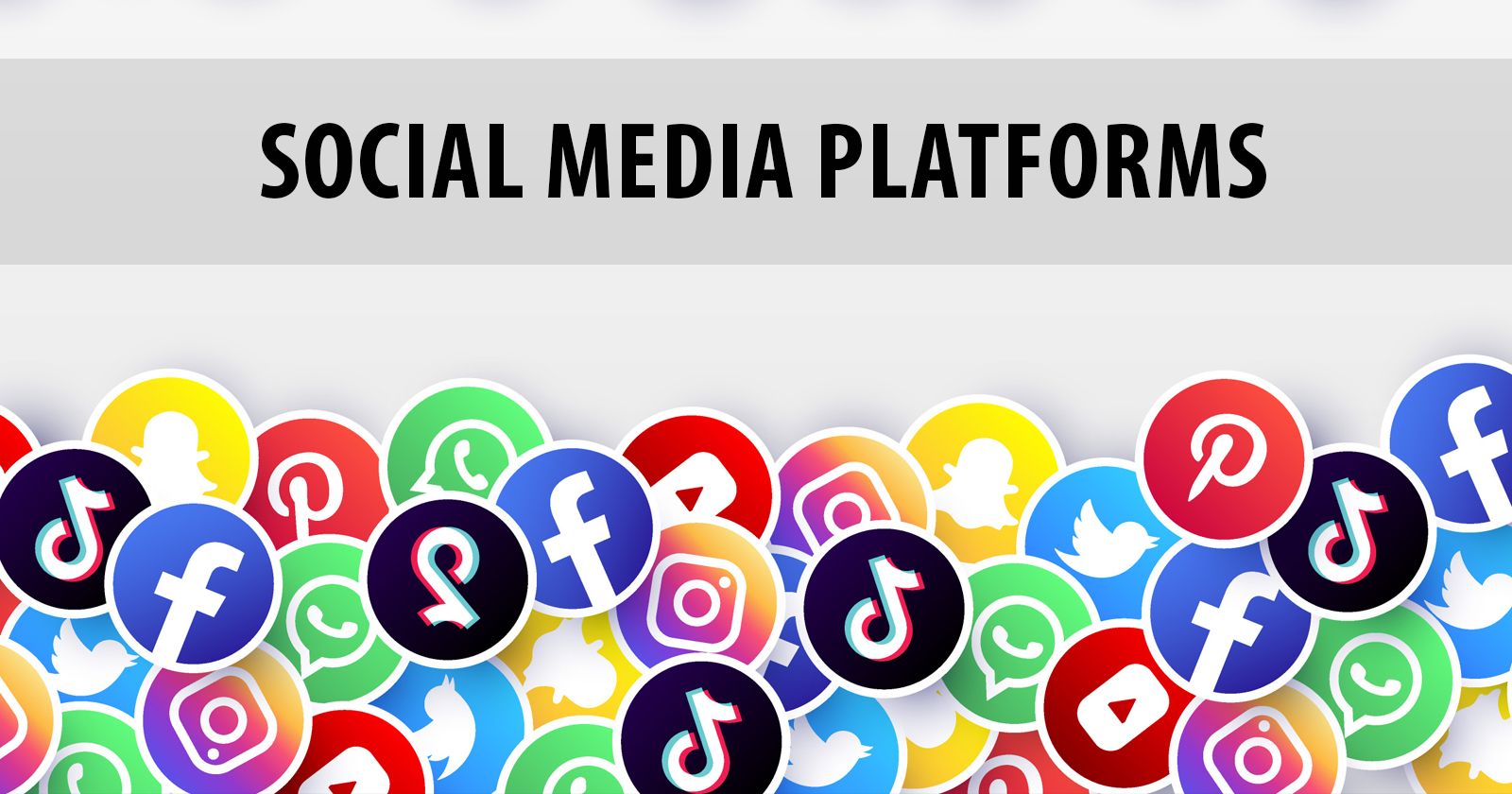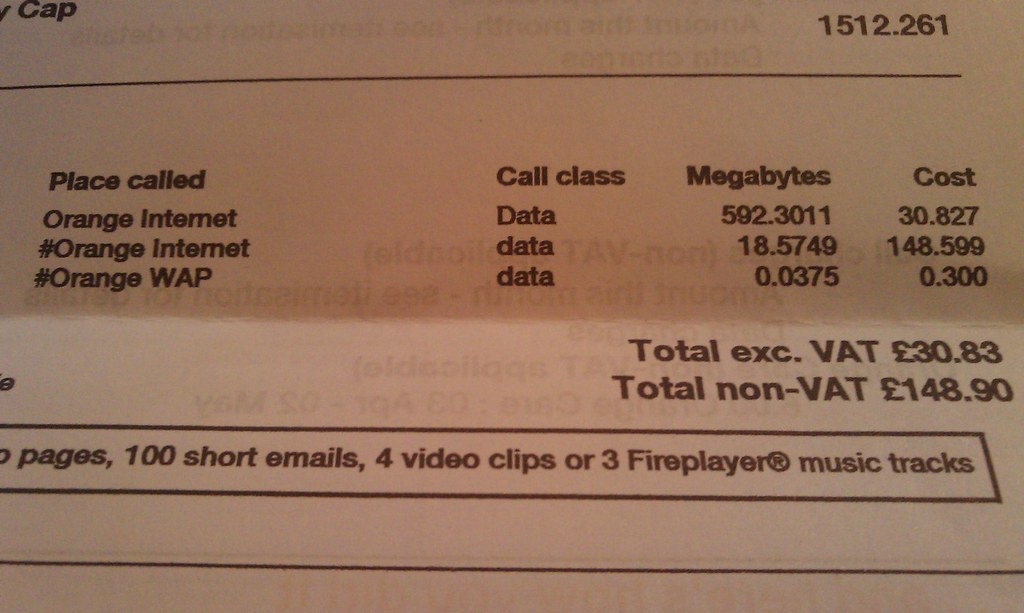
In today’s digital age, the convenience of subscription services has become an undeniable part of our daily lives. From streaming entertainment and digital news to meal kits and fitness apps, we’ve embraced the ease of having goods and services delivered right to our screens or doorsteps. However, this seemingly effortless arrangement often masks a financial reality that catches millions off guard once renewal time rolls around, turning what was once a convenience into a costly money pit.
Many of us might think we have a handle on our monthly outgoings, but the data tells a different story. Consumers, on average, underestimate their subscription costs by a staggering $133 a month, adding up to an eye-watering $1,596 per year, according to a study by C+R Research. This significant oversight highlights a pervasive issue where the aggregate cost of multiple, seemingly small recurring payments can quickly spiral into a substantial financial burden.
Navigating this landscape requires vigilance and a keen understanding of how these services operate, especially concerning automatic renewals and free trial offers. In this CNET-style guide, we’ll delve into the various mechanisms that transform seemingly innocuous subscriptions into budget black holes, explore the general concept of subscription management apps, and uncover the crucial security implications involved, empowering you to take control of your financial well-being.

1. **The Silent Drain: Underestimated Subscription Costs**
The sheer volume of subscriptions we now manage is astonishing. The average consumer today juggles around five retail subscriptions, which can include everything from makeup and clothing boxes to wine clubs, alongside nearly five paid streaming subscriptions. This proliferation means a constant stream of recurring charges hitting bank accounts, often blending into the background of our monthly statements.
It’s this blend that makes tracking so challenging. When asked how much they were paying, consumers consistently underestimated their subscription costs. That average underestimation of $133 a month, or $1,596 annually, isn’t just a number; it represents a substantial chunk of disposable income that could be allocated to savings, debt reduction, or other financial goals. It’s a silent drain that erodes personal finances without immediate, clear visibility.
This phenomenon is largely due to the convenience these services offer. We sign up, often with an initial promotional rate, and then the payments continue without requiring active thought. Over time, the cumulative effect of these charges, when unmanaged, can lead to financial strain and the unsettling realization that you’re spending far more than you ever intended on services you might not even fully utilize.

2. **The ‘Forgotten Fee’ Phenomenon: Why We Pay for What We Don’t Use**
Beyond simply underestimating costs, a significant portion of consumers finds themselves paying for services they no longer use. A concerning 42% of people admitted to having stopped using a subscription but forgot they were still paying for it, as revealed by the same C+R Research poll. This lapse is particularly prevalent among younger generations, with Gen Z being most likely to forget, while Boomers are least likely.
The widespread adoption of auto-pay contributes significantly to this “forgotten fee” phenomenon. A majority of consumers, specifically 72% of those surveyed, set all their monthly subscription payments to automatically deduct from their accounts. While convenient for active services, this automation inadvertently creates a blind spot for subscriptions that fall out of favor or simply slip from memory.
This issue isn’t just a statistical anomaly; it’s a personal experience for many. The context provides an anecdote of an individual who unexpectedly received an email confirming a $249 annual subscription renewal for a service they hadn’t intended to keep. This surprise was compounded by a $50 price increase, highlighting how easily even a single forgotten subscription can lead to significant, unwanted expenditures.
Companies are acutely aware of this consumer behavior. They actively count on individuals losing track of their various commitments, relying on auto-renewals to maintain a steady flow of subscription revenue. This reliance on consumer oversight underscores the critical need for proactive management and regular financial review to prevent these unwanted charges from accumulating.
Read more about: America’s Ultimate Sushi Showdown: 15 Top Spots Rated by Sashimi Standards (Prepare for Delicious Surprises!)

3. **Unmasking “Negative Options”: When Silence Means Consent**
Many subscription services employ a strategy known as a “negative option” to ensure continuous billing, a practice that the Federal Trade Commission (FTC) explicitly explains. Essentially, a negative option means you’re automatically billed for something unless you specifically instruct the company *not* to bill you. Your silence, in this scenario, is interpreted as consent to be charged, shifting the burden of action entirely onto the consumer.
This mechanism is prevalent in numerous scenarios, particularly with enticing free trial offers and ongoing subscriptions. For instance, you might agree to try a box of products free for a month, only to find yourself automatically charged for subsequent monthly shipments until you proactively cancel. Similarly, a magazine subscription could be set to renew automatically upon expiration, requiring you to opt out rather than opt in for continued service.
The concept of negative options is not new, drawing parallels to historical models like monthly record and book clubs. These clubs would automatically send you the next monthly selection and bill you for it, unless you mailed them a postcard by a specific deadline indicating you didn’t want it. The shared frustration of forgetting to return that postcard resonates with modern consumers facing similar dilemmas.
The primary problems with negative options arise when the business fails to clearly communicate that it will continue billing you unless you take action, or, even worse, when the business deliberately makes the cancellation process difficult or impossible. This lack of transparency and obstruction transforms a convenient feature into a deceptive trap, ensuring that charges continue even for unwanted services.

4. **Navigating Free Trial Offers: Hidden Catches and Unexpected Charges**
Free trial offers are undeniably tempting, promising a risk-free taste of a service or product before committing to a purchase. However, these offers frequently come with hidden catches that can quickly lead to unexpected charges if consumers aren’t diligent. The most common pitfall is the requirement to provide credit card information upfront for a “free trial,” which then enables the company to automatically charge you once the trial period ends, should you fail to cancel on time.
Dishonest businesses exacerbate this issue by deliberately making the cancellation process arduous. They may hide cancellation links, impose strict deadlines, or require inconvenient methods to stop payments, effectively keeping consumers locked into subscriptions they no longer desire. It’s crucial to understand that if you can’t easily find or understand the cancellation terms, it’s often a red flag that the company intends to make returns and cancellations difficult.
Another deceptive tactic involves charging small fees for “shipping” or other minor expenses for a supposedly “free” trial. The advice here is clear: “Free means free.” If a company demands payment to access a free offer, it’s at best a dishonest business practice to be avoided, and at worst, a potential scam. These initial small charges can often escalate into much higher, unauthorized payments for additional products or services that were never intended.
Furthermore, the advertisements promoting these free trials may not even originate from the company selling the product. Affiliate marketers, paid for every click on their ads, often create promotional content. Some dishonest affiliate marketers use exaggerated claims or misleading information to entice clicks, rather than providing an accurate representation of the offer. Always research the company independently, search for reviews with terms like “scam” or “complaint,” and look for clear information on how to cancel future shipments or modify services before signing up for any free trial.

5. **The Importance of Auto-Renewal Notices: Don’t Ignore Them**
For subscriptions you genuinely value and intend to keep, auto-renewals offer a welcome layer of convenience, eliminating the need for manual re-enrollment. However, this convenience should not lead to complacency. It is vital to pay close attention to renewal notices, as they serve as crucial reminders about upcoming charges and provide an opportunity to reassess your commitment to a service.
Genuine renewal notices typically inform you when your subscription is set to expire and confirm that you will be automatically charged. If you have previously agreed to auto-renewal, this notification should not ask for your credit card information again, as it’s a reminder, not a new bill. Be extremely cautious of any online or mailed renewal notice that requests your credit card details, as it could be a scammer attempting to trick you into renewing an old, canceled subscription or, worse, a fraudulent attempt to steal your financial information.
Always verify that the cost stated in the renewal notice aligns with your expectations. It’s common for promotional rates to expire, leading to a higher charge upon renewal than what you initially paid. If the rate is unexpected or not clearly stated, contact the company immediately to inquire about a lower rate or to cancel the subscription if it no longer fits your budget. Savvy consumers can sometimes cancel an existing subscription and then re-subscribe at a new promotional rate, but this requires careful tracking of new promotional periods and their expiration dates.
Moreover, the rise of fake renewal notices from scammers is a serious concern. If you receive a notice for a subscription you don’t even have, it’s almost certainly a scam. Never call the phone number or click on any links provided in such an email or text. Instead, search online for the company’s official contact information and reach out directly to confirm the legitimacy of any unexpected renewal communication. Regular monitoring of your credit and debit card statements is also essential to quickly identify and dispute any unauthorized charges.

6. **Understanding Subscription Management Apps: A New Digital Solution**
With the burgeoning number of subscriptions permeating our lives, a new category of digital tools has emerged: subscription management apps. These applications are designed to simplify the complex task of monitoring and managing recurring charges, offering a potential solution for consumers overwhelmed by their various commitments. At their core, subscription management apps function by monitoring your financial account transactions to identify recurring charges and subsequently notify you of these upcoming payments.
Many of these apps offer a free basic version, often bundled with complimentary features like budget tracking tools. This initial accessibility makes them attractive to consumers seeking to regain control of their spending. Setting up a subscription management app typically involves a few straightforward steps: downloading the app (or accessing it via a web browser), linking your financial accounts (such as a checking account, with the option to add more for broader coverage), and authenticating your identity using your financial login credentials and any additional required verification steps.
While these apps provide a convenient centralized view of your subscriptions, it’s important to recognize that they perform a task you can technically do yourself: reviewing account statements for recurring charges. However, for individuals who are not as diligent or “quick to cancel” unwanted services, a subscription manager can serve as a valuable reminder to unsubscribe. This proactive notification can save users the hassle of manually poring over each of their financial accounts, though regularly reviewing statements remains a cornerstone of good money management.
Many apps also integrate budgeting tools, yet these often mirror features already available in modern mobile banking applications. The effectiveness of these budgeting tools is also contingent on linking all financial accounts and diligently categorizing spending, which requires user commitment. Despite their promise of simplifying financial oversight, the true value of these apps often lies in their ability to serve as a consistent digital assistant for those who struggle with manual tracking.

7. **Security Concerns: The Hidden Risks of Third-Party Apps**
While subscription management apps offer a compelling promise of convenience and financial control, it is critical for consumers to be fully aware of the inherent security risks involved in granting these third-party applications access to sensitive financial data. The very nature of their function requires users to share a significant amount of personal and financial information, creating potential vulnerabilities that should not be overlooked.
The most prominent risk stems from the sharing of sensitive information. To function effectively, these apps often require access to bank account numbers, credit card numbers, and sometimes even social media login details if you choose to authenticate through platforms like Facebook. All this sensitive data can be stored within the app’s database, representing a major security risk for users. A breach of this database could expose a wealth of personal financial information, making users susceptible to fraud and identity theft.
Furthermore, the data collected by these apps is frequently shared with multiple parties, extending the potential exposure. Most apps utilize cookies to track user behavior, including web browsing data, which can then be used by in-app advertisers. Beyond this, many apps integrate third-party tools, such as Plaid, which is commonly used to link bank accounts to various applications. While Plaid itself secures bank account information off-site, the broader ecosystem of data sharing means your information may be accessed and stored by numerous entities beyond the primary app provider.
This extensive data sharing raises significant privacy concerns. Consumers must weigh the perceived benefits of subscription management against the potential drawbacks of entrusting their highly confidential information to multiple third parties. Understanding these security implications is paramount for making an informed decision about whether the convenience offered by these apps justifies the associated risks to personal data and financial security.

8. **Truebill: A Comprehensive Financial Hub**
Truebill has garnered significant recognition, even being named one of Forbes’ 50 most innovative fintech companies in 2021. It offers essential services for free, focusing on identifying recurring charges and providing basic budget tracking. For many consumers, its ability to quickly bring overlooked subscriptions to light is a valuable first step toward financial control.
Setting up Truebill involves downloading the app, linking a checking account from its network of 15,000 partnered banking institutions, and authenticating your identity. A unique feature is the flexible premium payment model where users choose what they want to pay, with $0 as a viable option. The free service also includes monthly tracking of your VantageScore 3.0 credit score, although this requires additional authorization, including a soft credit pull, and potentially your Social Security number and limited power of attorney.
Premium services, ranging from $3 to $12 per month, unlock more advanced budgeting tools and a monthly credit report. Crucially, premium users also gain access to Truebill agents who can contact service providers to cancel subscriptions on their behalf. Beyond subscriptions, Truebill offers bill negotiation; if successful, users pay a percentage—between 30% and 60%—of the first year’s savings, a direct incentive for effective negotiation.

9. **Hiatus: Streamlined Management with Flexible Pricing**
Hiatus provides subscription monitoring and budgeting tools accessible through both its app and a web browser, with these core features available for free. Its budgeting tool is particularly useful, tracking spending based on categories that users select, offering a personalized approach to financial oversight.
For a premium subscription, priced at $10 a month, users can access an agent who will negotiate certain monthly bills and cancel subscriptions on their behalf. However, Hiatus transparently discloses that these negotiations may not always result in an improved payment arrangement, which is an important consideration for potential users.
One aspect that can be somewhat confusing for consumers is Hiatus’s flexible pricing for its premium service. Users can choose their own price point, from $7 to $21 per month, or opt for a flat annual fee of $36. Interestingly, similar to Truebill, paying more within this premium tier does not translate to additional features, offering a unique approach to user contribution rather than tiered service levels.

10. **Trim: Web-Based Bill Negotiation and Savings**
Trim currently operates exclusively as a website-based service, meaning there is no dedicated app available for download. While it offers free subscription monitoring, its primary value proposition lies in its additional paid services designed to help consumers reduce their recurring expenses.
Its flagship service is bill negotiation, where Trim agents work to reduce cable, internet, or phone bills. If these negotiations are successful, Trim charges a fee equal to 15% of the annual savings achieved. It’s important to note that a reduced rate might take up to two billing cycles to take effect, and medical and bank account negotiation services are not available in certain states.
Trim also provides a ‘simple savings fund,’ a savings account with a modest 0.001% interest rate. However, Trim subscribers with a balance of $2,000 can earn a 4% annual reward. This feature aims to complement its cost-cutting services by encouraging users to build their savings.
A significant consideration for Trim users is its data sharing policy. The company discloses that it shares personal information, including income, credit history, account history, and Social Security numbers, with other financial companies and advertisers. Users must also grant limited power of attorney, appointing Trim as their agent, to allow the company to communicate with third parties on their behalf. On the positive side, Trim limits users’ financial liability, capping losses at $50 if unauthorized transactions are reported within two days, or up to $500 otherwise.
11. **TrackMySubs: Prioritizing Privacy Through Manual Entry**
TrackMySubs offers a distinct approach to subscription management by focusing on user privacy. This Australia-based company allows users to manually track up to 10 subscriptions for free, distinguishing itself by not requiring access to financial accounts. Users can also customize how far in advance they receive notifications before a charge is due.
Because users manually enter each subscription and its payment due date, TrackMySubs stands out as a strong solution for those with security concerns. This method ensures that sensitive financial account numbers and login credentials remain private, as the company explicitly states it does not sell or provide personal data to any third parties.
To manage more than 10 subscriptions, a fee is required, with prices posted in Australian dollars. For example, roughly $3.37 USD offers 20 subscriptions, $6.74 USD covers 50, and $10.11 USD provides unlimited tracking, all with unlimited alerts. While the company offers guides on how to cancel popular services like Netflix, the actual cancellation process remains the user’s responsibility, and its Chrome extension is currently non-functional.
Interestingly, the manual setup process often yields an unexpected benefit: many users report identifying and canceling unwanted subscriptions simply by going through the exercise of manually listing their commitments. This underscores the power of actively engaging with one’s financial landscape.

12. **PocketGuard: Budgeting First, Subscriptions Second**
PocketGuard functions primarily as a budgeting app that integrates free subscription management features. To begin, users create a profile using their LinkedIn, Google, or Apple accounts, which may involve permitting information sharing from these platforms to proceed.
Users have the flexibility to either link their financial accounts to access a comprehensive suite of financial tools or opt to manually enter their subscription information if they prefer not to connect their bank accounts. This choice caters to different levels of comfort with data sharing.
Free PocketGuard accounts come with recommendations on how to reduce subscription costs and other household bills. However, if the app successfully negotiates a rate reduction on a user’s behalf, it charges a fee equal to 40% of the savings, a percentage worth considering when comparing it to other negotiation services.
For a monthly fee of $7.99, or a discounted annual price, users can upgrade to Pocket Guard Plus. This premium version unlocks additional financial tools, such as debt payoff tracking for linked accounts. It’s crucial for consumers to understand, however, that this upgrade does not provide any additional subscription management services beyond those already available in the free version.

13. **How to Stop a Subscription: Your Action Plan**
If you’re ready to break free from an unwanted subscription, your first and most critical step is to identify the company that runs the service and diligently follow their specific cancellation instructions. Always make sure to keep a detailed copy of your cancellation request, along with comprehensive notes from any conversations you have had regarding the cancellation.
After initiating the cancellation, it is imperative to remain vigilant by closely monitoring your bank or credit card statements. Should you discover any unauthorized charges appearing on your account after you have canceled the subscription, promptly file a dispute—commonly known as a “chargeback”—with your credit or debit card company. This can typically be executed online through your card’s account portal or by directly calling the phone number found on the back of your card.
To further strengthen your position and protect your consumer rights, it is advisable to follow up your initial verbal or online dispute with a written letter. Send this letter to the address specifically designated for billing disputes or errors. For indisputable proof of delivery, utilize certified mail and request a return receipt, ensuring you have documented evidence that the creditor received your communication.
Finally, the importance of meticulous record-keeping cannot be overstated. Preserve all relevant documents, including letters, detailed notes from phone calls, and emails related to the cancellation and any subsequent disputes. This comprehensive collection of records will prove invaluable if your credit or debit card company requires further information or if additional steps are necessary to secure your rightful refund.

14. **California’s Automatic Renewal Law: Empowering Consumers**
California’s Automatic Renewal Law (ARL) stands as a robust legal framework designed to shield consumers from deceptive auto-renewal practices. Attorney General Rob Bonta highlighted that this law, significantly amended and effective July 1, 2025, mandates businesses to obtain explicit consent from consumers and provide clear, straightforward methods for canceling unwanted subscriptions.
This vital law broadly applies to various consumer services, subscriptions, and plans that continue automatically until canceled. It also covers arrangements where consumers initially receive a free or discounted product or service for a limited trial period, after which they are automatically charged unless they proactively cancel before the trial concludes.
A cornerstone of the ARL is the requirement for businesses to secure a consumer’s express affirmative consent for auto-renewal or continuous-service terms. Furthermore, the law specifies strict notification periods: for subscriptions with an initial term of one year or longer, notice must be given between 15 and 45 days before renewal. For free or discounted trial periods exceeding 31 days, businesses must provide notice 3 to 21 days before expiration. These notices must clearly detail the renewal length, terms, charges, frequency, and explicit instructions on how to cancel. Any change in a recurring fee also triggers a notification requirement, with notice sent 7 to 30 days before the change takes effect, including cancellation guidance.
Additionally, businesses are mandated to send an annual reminder about auto-renewal plans. This reminder must use the same communication method initially used for enrollment or the method the consumer generally uses to interact with the business. It must clearly identify the product or service, the frequency and amount of charges, and provide unambiguous instructions on how a consumer can cancel.
Critically, the ARL stipulates that if a consumer enrolled in an auto-renewal or continuous-service plan online, they must be able to cancel it online at will. The law explicitly prohibits businesses from implementing any steps that obstruct or delay a consumer’s ability to immediately cancel, ensuring that convenience in signing up is matched by ease of cancellation. This framework is enforced by the Attorney General’s Office and local district and city attorneys, augmenting existing protections against unlawful and deceptive practices.

15. **Reporting Problems and Safeguarding Your Finances**
Despite the increasing prevalence of automatic renewal laws and the growing number of enforcement actions, businesses unfortunately still rely on consumers being unaware of their rights. This reality underscores the critical importance of knowing precisely where to turn if you encounter issues with subscriptions or unexpected charges.
If you suspect your consumer rights have been violated, particularly within California, you are strongly encouraged to file a complaint at oag.ca.gov/report. For broader concerns regarding subscriptions or unauthorized billing, the Federal Trade Commission (FTC) is a key resource; consumers can report problems at ReportFraud.ftc.gov, or they can contact their respective state attorney general’s office.
The increasing success of enforcement actions, such as the lawsuits against companies like Nakedwines, Inc. and Vonage, serves as a powerful testament to the impact of consumer vigilance and legal intervention. These cases demonstrate that when individuals speak up and leverage available protections, systemic issues can be addressed, leading to significant changes in business practices and often substantial refunds for affected consumers.
Read more about: Navigating the Complexities of Finance: Essential Disciplines for Prudent Financial Management
Ultimately, navigating the ever-expanding landscape of subscription services demands proactive and informed engagement. By staying diligently informed about your financial commitments, thoroughly understanding the terms of service, and actively utilizing the available tools and robust legal protections, you can effectively safeguard your budget and prevent convenient digital services from inadvertently transforming into costly, unwanted money pits.




